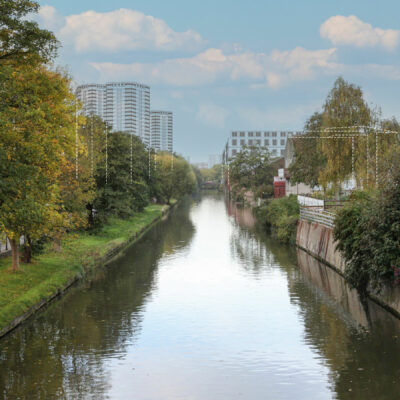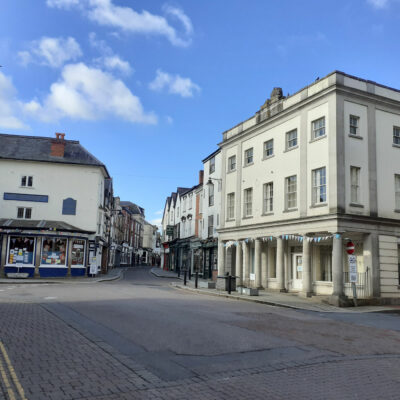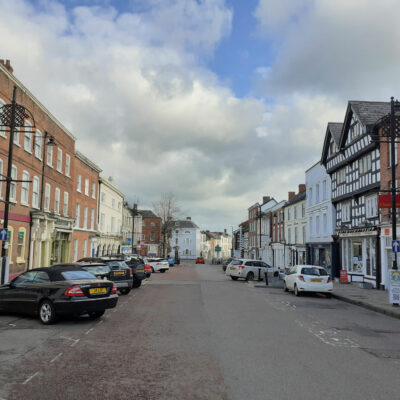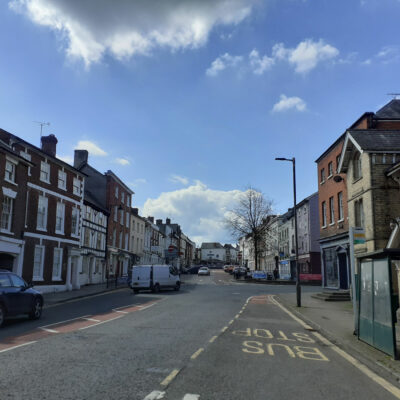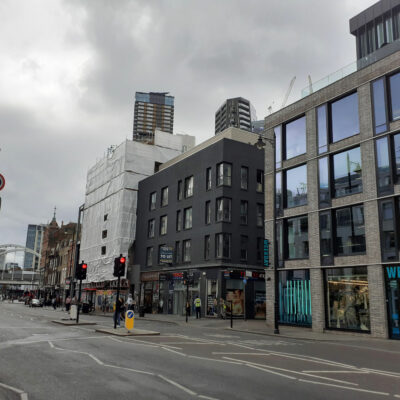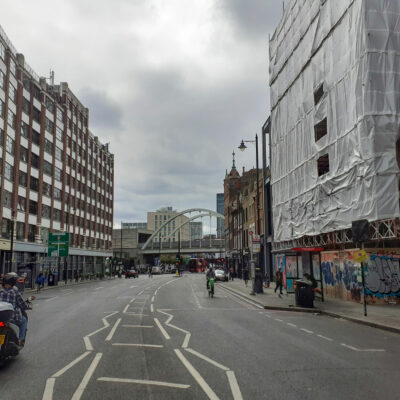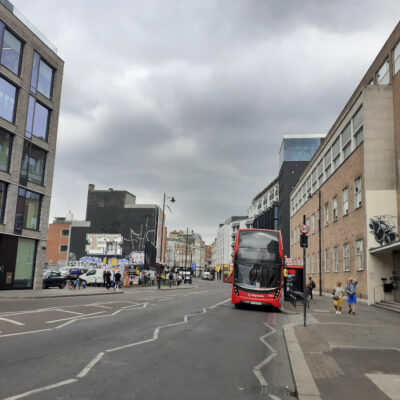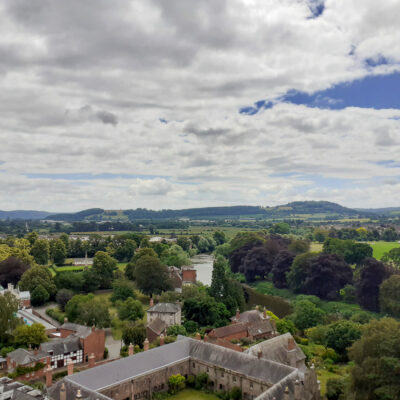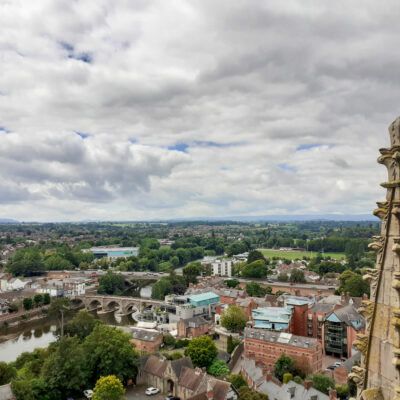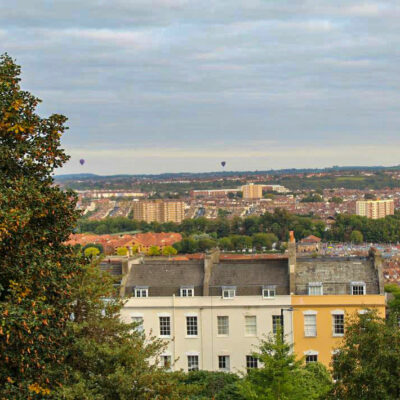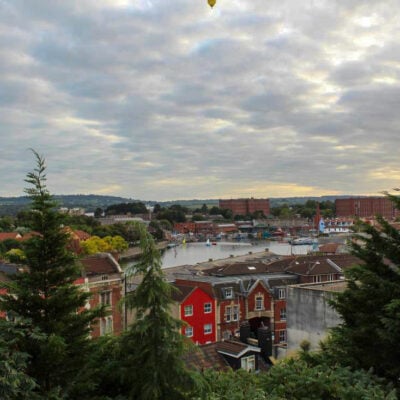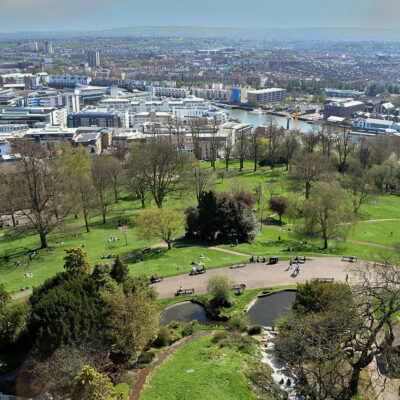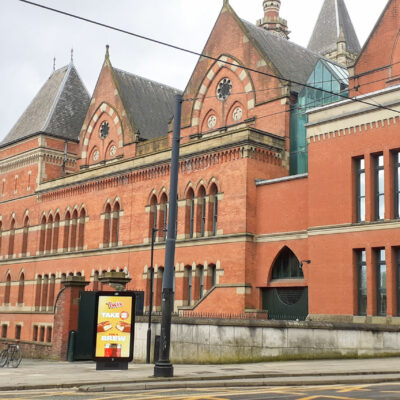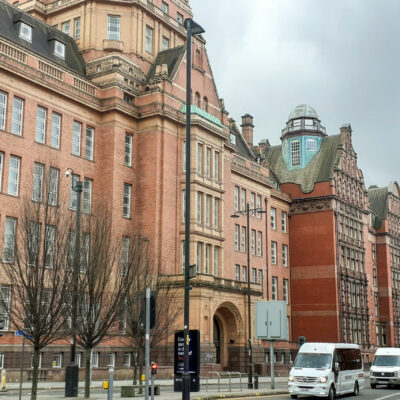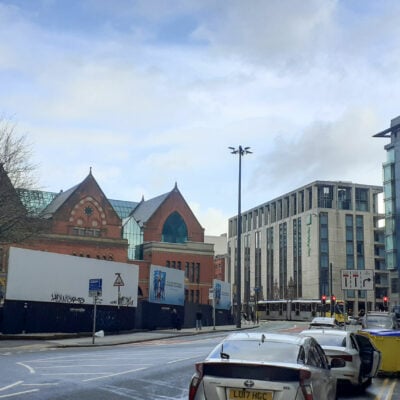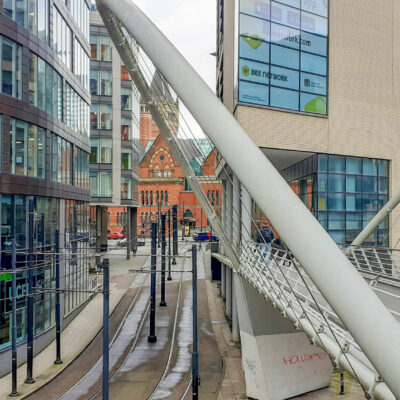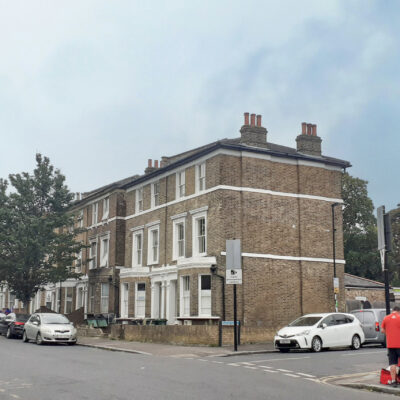Heritage, Townscape & Visual Impact Assessment (HTVIA)
What is a Heritage, Townscape & Visual Impact Assessment
Heritage, Townscape and Visual Impact Assessments are used to evaluate the potential impacts of a development on heritage assets and their settings, townscape, and visual amenity.
A Heritage, Townscape and Visual Impact Assessment (HTVIA) provides an integrated, robustly detailed assessment of potential heritage and townscape impacts, carefully following best practice approaches and informed by relevant guidance published by Historic England, Landscape Institute and the Highways Agency (Design Manual for Roads and Bridges).
They form an important part of the initial planning process and inform negotiations between the client and relevant stakeholders, to mitigate adverse effects and support planning decisions, thereby minimising risk to clients.
What does it involve?
The Heritage, Townscape and Visual Impact Assessment is a staged process which can be briefly defined thus:
– identify key elements of the townscape (broadly defined as the pattern of streets, built form and open spaces within an urban landscape and the inter-relationship between these various elements)
– identify and characterise the significance of designated heritage assets (including Listed Buildings, Scheduled Monuments and Conservation Areas) and non-designated heritage assets (eg. Locally Listed Buildings) and their respective settings which may be affected by the proposed development
– assess the impact of the proposed development on townscape character and heritage assets which may be affected and suggest mitigatory measures, where appropriate.
Heritage, Townscape and Visual Impact Assessments adopt a robust, multi-disciplinary approach where a place’s heritage and character is central to its identity, such as within Conservation Areas. In the last decade there has been renewed pressure and interest in heritage preservation, especially within townscapes that have a valued historic character and features which are formally considered to be worthy of preservation.
What Happens Next?
The report will be submitted to the relevant Planning Authority in support of the application.
In a case where multiple listed buildings or Scheduled Ancient Monuments are involved, the report may also be submitted to a National Heritage body such as Historic England or Cadw for comment’.

